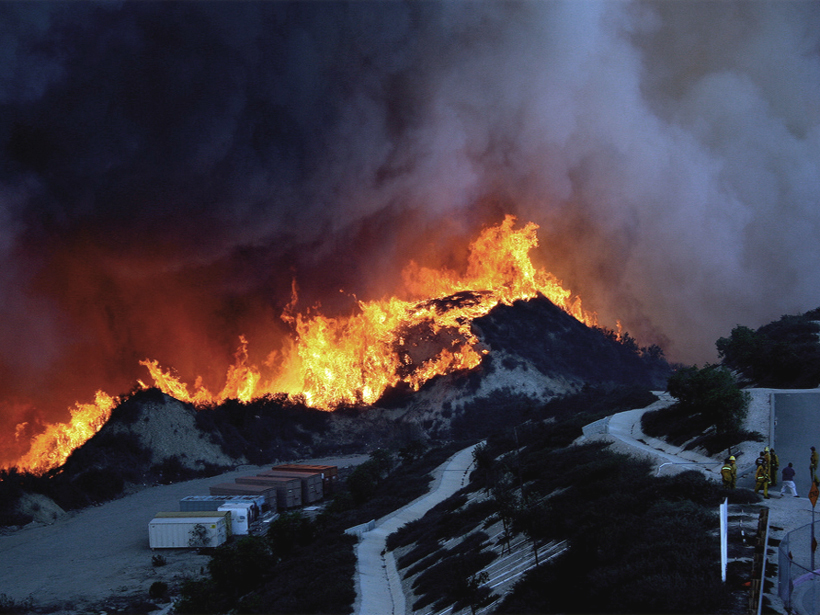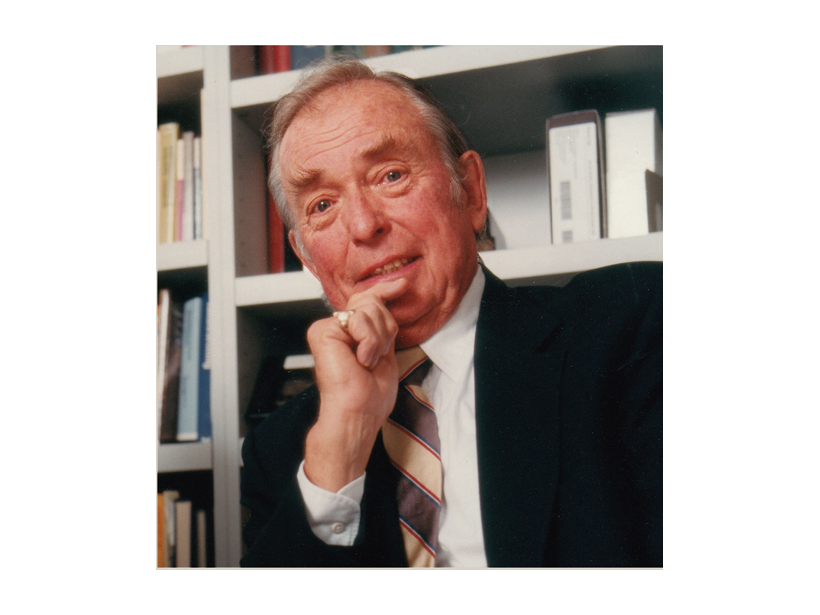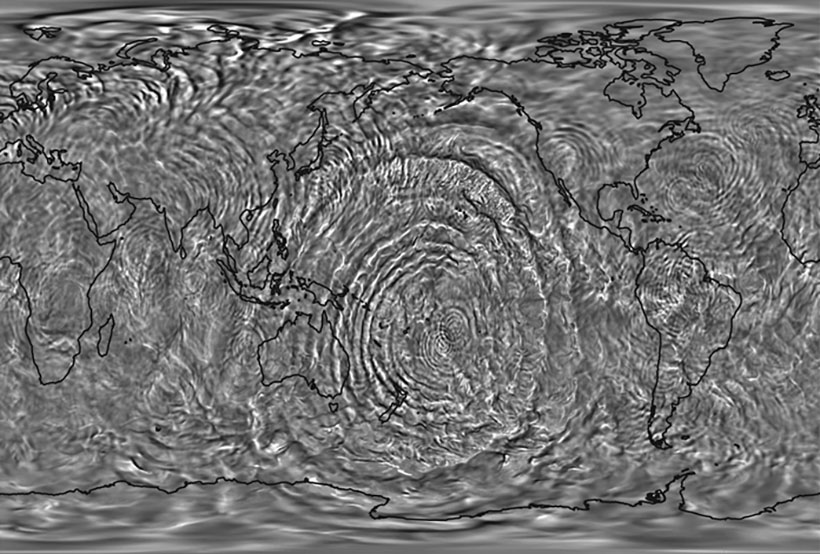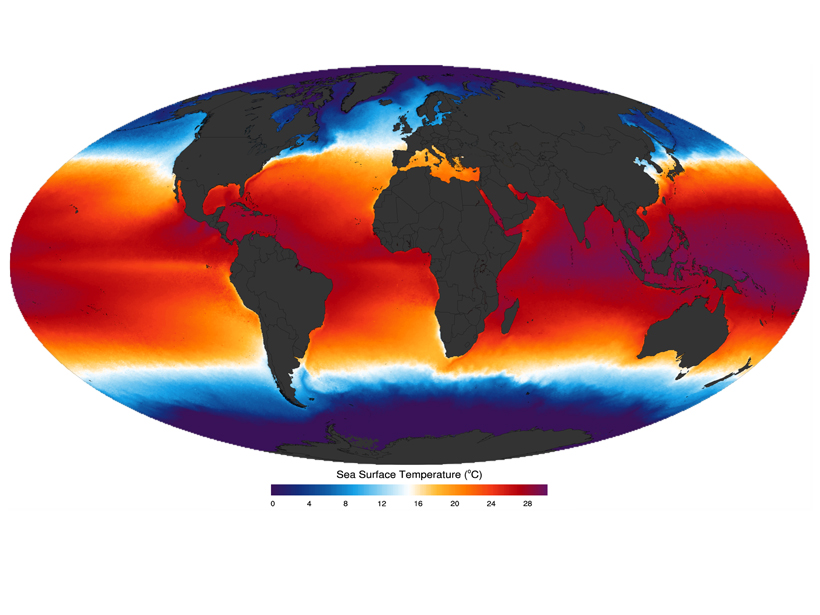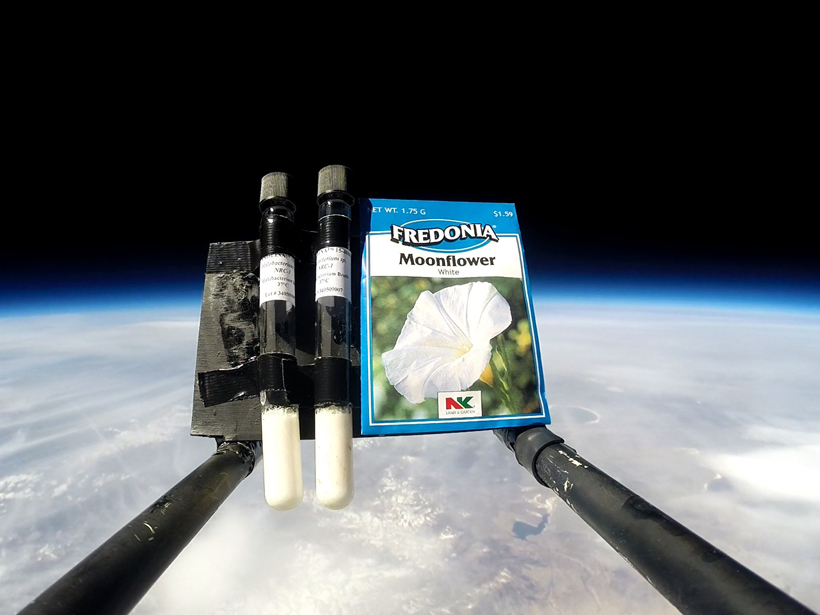The decades-old theory of the layers of the Earth's ionosphere, which dates to 1931, has just received an update that takes into account the angle of the Sun.
everything atmospheric
New Insights into Currents in Earth's Magnetic Field
Multisatellite missions give scientists a more complete view of the intense currents that bounce back and forth along our planet's magnetic field lines.
Regional Nuclear War Could Cause a Global Famine
A detonation of less than 0.03% of the current global nuclear arsenal could cause fires that clog the air with soot. This soot could block solar radiation, leading to worldwide crop shortages.
James N. Pitts Jr. (1921–2014)
Pitts's contributions to understanding what drives atmospheric pollution and his dedication to teaching and mentoring made him a preeminent leader in atmospheric chemistry.
Global Atmospheric Model Simulates Fine Details of Gravity Waves
Whole-atmosphere general circulation model captures many aspects of mesoscale gravity wave structures—down to the tens of kilometers—and resulting temperatures and tides.
Ozone Hole to Remain Large During Cold Years
Despite the Montreal Protocol's success, it will take years of observations to be sure that regulations are allowing the ozone hole to recover.
What Will Become of Sweet Briar’s Atmospheric Research Station?
In the middle of the college's financial fight stands an atmospheric research tower with an uncertain future.
Conquering Uncertainties in Tropical Climate Forecasts
The key to better predictions of atmospheric temperature trends in the tropics may lie in more accurate measurements of sea surface temperatures.
Can Microbes Survive Multiple Trips into the Stratosphere?
Searching for life on Mars starts at home, with a balloon launch.
Radar Shows Where Water and Ice Occur in Large Storms
Storms over the Indian Ocean show that precipitation type depends on oceanic airflow.



